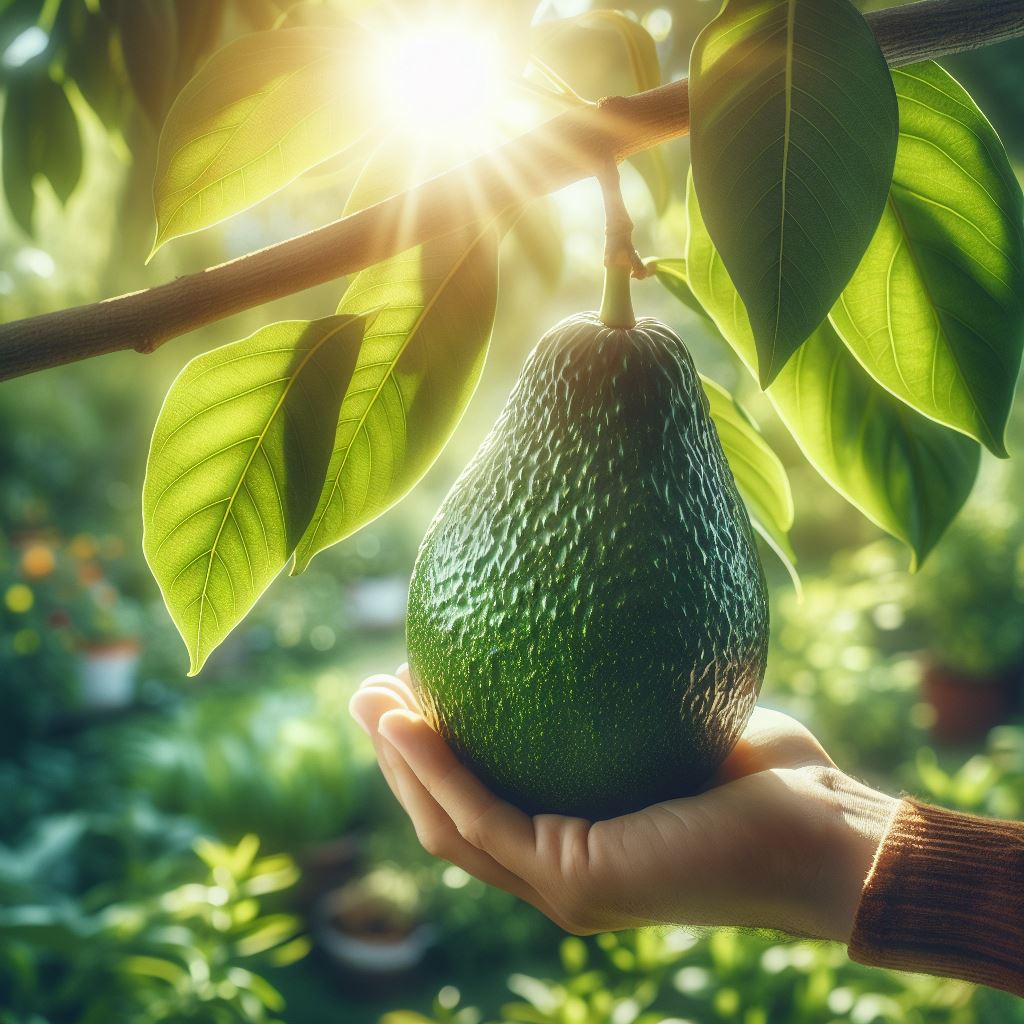Are you a fan of creamy, delicious avocados? Imagine being able to pluck them straight from your own backyard or indoor space whenever you crave them. Well, with a little patience and know-how, you can turn this dream into reality by growing your own avocado tree! In this guide, we’ll walk you through everything you need to know to successfully cultivate your own avocado tree, from selecting the right variety to harvesting your first batch of fruits.
Introduction to Growing Avocado Trees
What Makes Avocados Special?
Avocados are not just tasty; they are also packed with nutrients. They contain heart-healthy monounsaturated fats, vitamins, and minerals, making them a popular choice for health-conscious individuals. Plus, there’s something incredibly satisfying about growing your own food!
Benefits of Growing Avocado Trees
- Fresh, Organic Produce: Enjoy avocados free from pesticides and chemicals.
- Sustainability: Reduce your carbon footprint by growing your own food.
- Savings: Save money in the long run by harvesting your own avocados instead of buying them from the store.
Selecting the Right Avocado Variety
Understanding Avocado Varieties
Avocado trees come in various varieties, each with its own unique characteristics. Some are better suited to warmer climates, while others thrive in cooler regions. Here are a few popular varieties to consider:
| Variety | Climate Suitability | Characteristics |
|---|---|---|
| Hass | Warm climates | Creamy texture, nutty flavor |
| Mexicola | Cool climates | Thin skin, rich taste |
| Fuerte | Moderate climates | Easy-to-peel skin, buttery flesh |
Factors to Consider
- Climate: Choose a variety that is well-adapted to your local climate.
- Space: Consider the size of your growing area and select a variety that fits.
Planting Your Avocado Tree
Location, Location, Location
The success of your avocado tree depends largely on its location. Here are some tips for selecting the perfect spot:
- Sunlight: Avocado trees thrive in full sun, so choose a spot with at least six hours of direct sunlight per day.
- Drainage: Ensure the soil has good drainage to prevent waterlogging, which can lead to root rot.
- Protection: Choose a sheltered spot away from strong winds, which can damage young trees.
Planting Tips
- Prepare the Soil: Avocado trees prefer well-draining soil with a pH level between 6 and 7. Amend heavy clay soil with organic matter to improve drainage.
- Dig the Hole: Dig a hole twice as wide as the root ball and at the same depth. Loosen the soil at the bottom of the hole to encourage root growth.
- Plant the Tree: Gently remove the tree from its container and place it in the center of the hole. Backfill with soil and water thoroughly.
Providing Proper Care and Maintenance
Watering
- Young Trees: Water newly planted trees deeply to help establish the root system. Water 2-3 times per week during the first year, adjusting frequency based on weather conditions.
- Mature Trees: Once established, avocado trees have moderate water needs. Water deeply during dry spells, but allow the soil to dry out between waterings to prevent root rot.
Mulching
- Apply a layer of mulch around the base of the tree to conserve moisture, suppress weeds, and regulate soil temperature. Use organic materials such as wood chips or compost, and keep the mulch a few inches away from the trunk to prevent rot.
Pruning
- Prune your avocado tree annually to remove dead or diseased branches, improve air circulation, and shape the tree for better fruit production. Use clean, sharp tools and make cuts at a 45-degree angle just above a bud or lateral branch.
Troubleshooting Common Issues
Pests and Diseases
- Pests: Keep an eye out for common pests such as aphids, spider mites, and thrips. Treat infestations promptly with insecticidal soap or neem oil.
- Diseases: Avocado trees are susceptible to fungal diseases like root rot and anthracnose. Ensure proper drainage and avoid overwatering to prevent these issues.
Nutrient Deficiencies
- Symptoms: Yellowing leaves, stunted growth, and poor fruit production can indicate nutrient deficiencies. Conduct a soil test to identify any deficiencies and adjust fertilization accordingly.
Harvesting and Enjoying Your Avocados
When to Harvest
- Maturity: Avocados are ready to harvest when they reach their full size and change color. Most varieties ripen on the tree and are ready to pick when they easily come off with a gentle twist.
- Timing: Harvest avocados as needed, but aim to pick them before they become overripe to avoid spoilage.
Enjoying Your Homegrown Avocados
- Recipes: Incorporate fresh avocados into your favorite dishes, such as salads, sandwiches, and smoothies. Or, simply enjoy them sliced with a sprinkle of salt and a squeeze of lime.
- Storage: Store ripe avocados in the refrigerator to prolong their shelf life. Alternatively, freeze mashed avocado for later use in dips and spreads.
FAQ
Q: Can I grow an avocado tree indoors?
A: Yes, you can grow avocados indoors if you provide them with adequate light and warmth. Choose a dwarf variety and place it near a sunny window or under grow lights.
Q: How long does it take for an avocado tree to bear fruit?
A: Avocado trees typically take 3-4 years to start bearing fruit, although some varieties may take longer. Be patient and provide proper care to encourage fruit production.
Q: Can I grow an avocado tree from a seed?
A: Yes, you can grow an avocado tree from a seed, but keep in mind that it may not produce fruit or may produce fruits different from the parent plant. For best results, propagate avocado trees from grafted or cutting-grown plants.
Conclusion
Growing your own avocado tree is a rewarding experience that allows you to enjoy fresh, organic avocados right from your own backyard or indoor space. By following the tips and guidelines outlined in this guide, you’ll be well on your way to cultivating healthy, thriving avocado trees and harvesting your first batch of delicious fruits. Happy growing!
